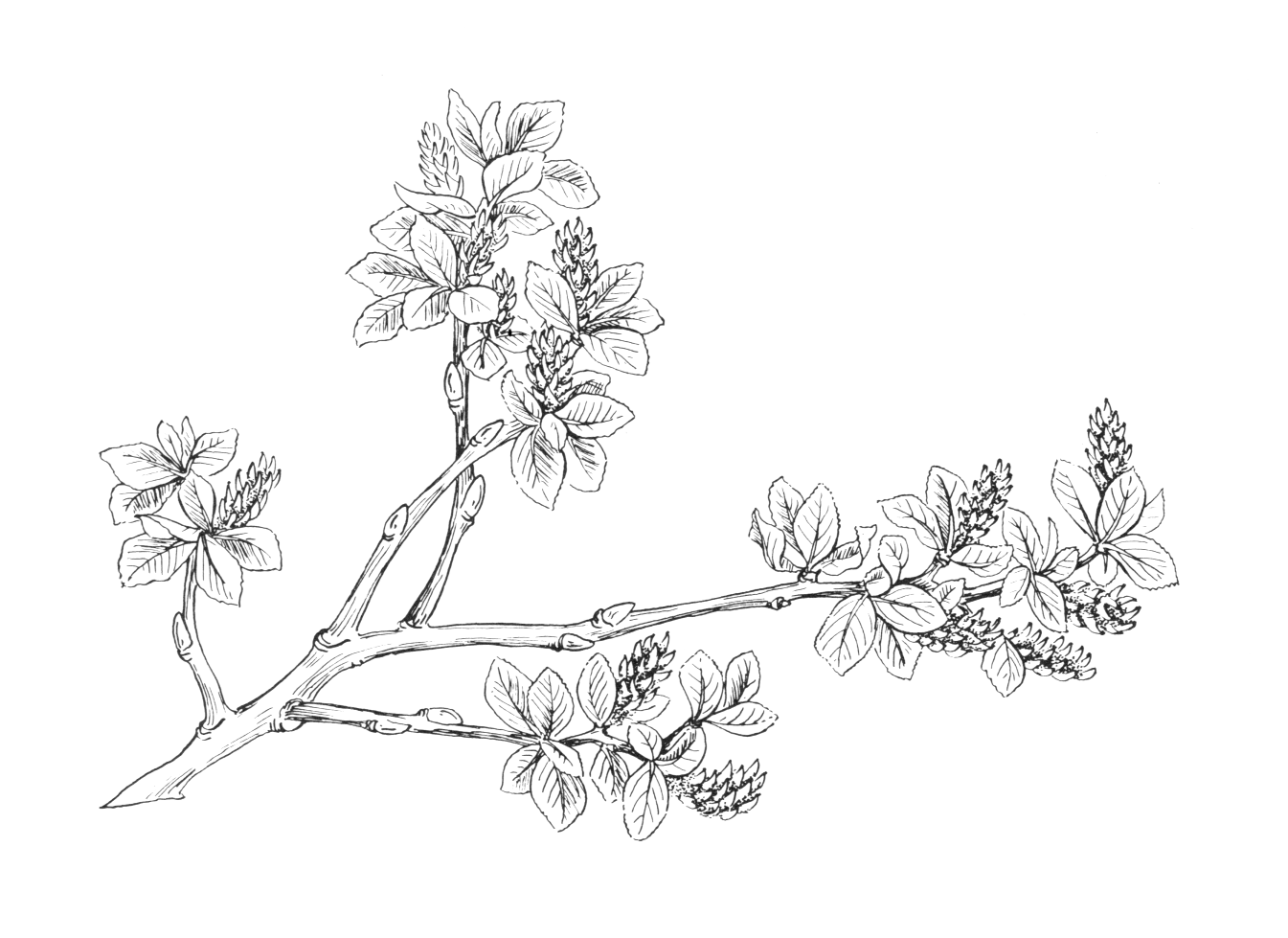Salix arbuscula
Credits
Article from Bean's Trees and Shrubs Hardy in the British Isles
Recommended citation
'Salix arbuscula' from the website Trees and Shrubs Online (treesandshrubsonline.
Genus
Synonyms
- S. arbuscula var. γ L.
- S. formosa Willd.
Other taxa in genus
- Salix aegyptiaca
- Salix alba
- Salix amygdaloides
- Salix arbutifolia
- Salix arctica
- Salix aurita
- Salix babylonica
- Salix bockii
- Salix 'Boydii'
- Salix caesia
- Salix candida
- Salix caprea
- Salix cinerea
- Salix cordata
- Salix daphnoides
- Salix discolor
- Salix elaeagnos
- Salix exigua
- Salix fargesii
- Salix fragilis
- Salix glabra
- Salix glaucosericea
- Salix gracilistyla
- Salix hastata
- Salix herbacea
- Salix hookeriana
- Salix humboldtiana
- Salix irrorata
- Salix japonica
- Salix jessoensis
- Salix lanata
- Salix lapponum
- Salix lasiandra
- Salix lindleyana
- Salix lucida
- Salix magnifica
- Salix matsudana
- Salix × meyeriana
- Salix × mollissima
- Salix moupinensis
- Salix myrsinifolia
- Salix myrsinites
- Salix myrtilloides
- Salix nakamurana
- Salix nigra
- Salix nigricans
- Salix pentandra
- Salix petiolaris
- Salix phylicifolia
- Salix purpurea
- Salix pyrenaica
- Salix pyrifolia
- Salix repens
- Salix reticulata
- Salix retusa
- Salix rigida
- Salix × rubra
- Salix sachalinensis
- Salix scouleriana
- Salix × sepulcralis
- Salix × sericans
- Salix sericea
- Salix silesiaca
- Salix starkeana
- Salix × subalpina
- Salix triandra
- Salix uva-ursi
- Salix viminalis
- Salix wilhelmsiana
A dwarf shrub with spreading or ascending branches, rarely more than 2 ft high; mature shoots glossy and dark brown, glabrous, but the young shoots sometimes downy. Leaves ovate or elliptic, mostly 1⁄2 to 3⁄4 in. long, acute or obtuse at the apex, cuneate to rounded at the base, glabrous, lustrous and sometimes reticulate above, green or somewhat glaucous and sometimes appressed-hairy beneath, margins glandular-serrate or almost entire; petiole up to 1⁄8 in. long. Stipules minute or wanting. Catkins appearing with the leaves, 1⁄2 in. or less long, on short leafy peduncles; scales obtuse, clad with white hairs. Stamens with free, glabrous filaments, anthers yellow or tinged with red. Ovary sessile or shortly stalked, downy, style well-developed with two short, slender, notched or entire stigmas.
Native of Scotland, where it is confined to a few localities in the mountains of Argyll and Perthshire, but with its main distribution in Scandinavia and N. Russia. It is of no ornamental value, and mentioned here only because it is of interest as a rare British native.
The following species are closely allied to S. arbuscula and were once included in it:
S. foetida Schleich. ex Lam. S. arbuscula subsp. foetida (Schleich.) Braun-Blanquet; ?S. arbuscula var. humilis Anderss. – Leaves elliptic-lanceolate, up to 2 in. long, sharply serrated, the teeth tipped with large yellowish glands. Catkins relatively thicker than in S. arbuscula, about twice as long as wide. Native of the Alps from France to the High Tauern, mainly on acid soils. It grows up to 6 ft high at low altitudes, becoming dwarf near the tree-line.
S. waldsteiniana Willd. S. arbuscula var. waldsteiniana (Willd.) Koch; S. a. subsp. waldsteiniana (Willd.) Braun-Blanquet; S. a. var. erecta Anderss. – This is more distinct from S. arbuscula than is S. foetida. Leaves obovate to elliptic, 3⁄4 to 21⁄2 in. long, cuneate at the base, margins crenate-serrate, the teeth not glandular, or entire. Catkins with distinct peduncles, three to four times as long as wide. Native of the E. Alps, N. Balkans and Carpathians, on limestone formations. A medium-sized shrub.

